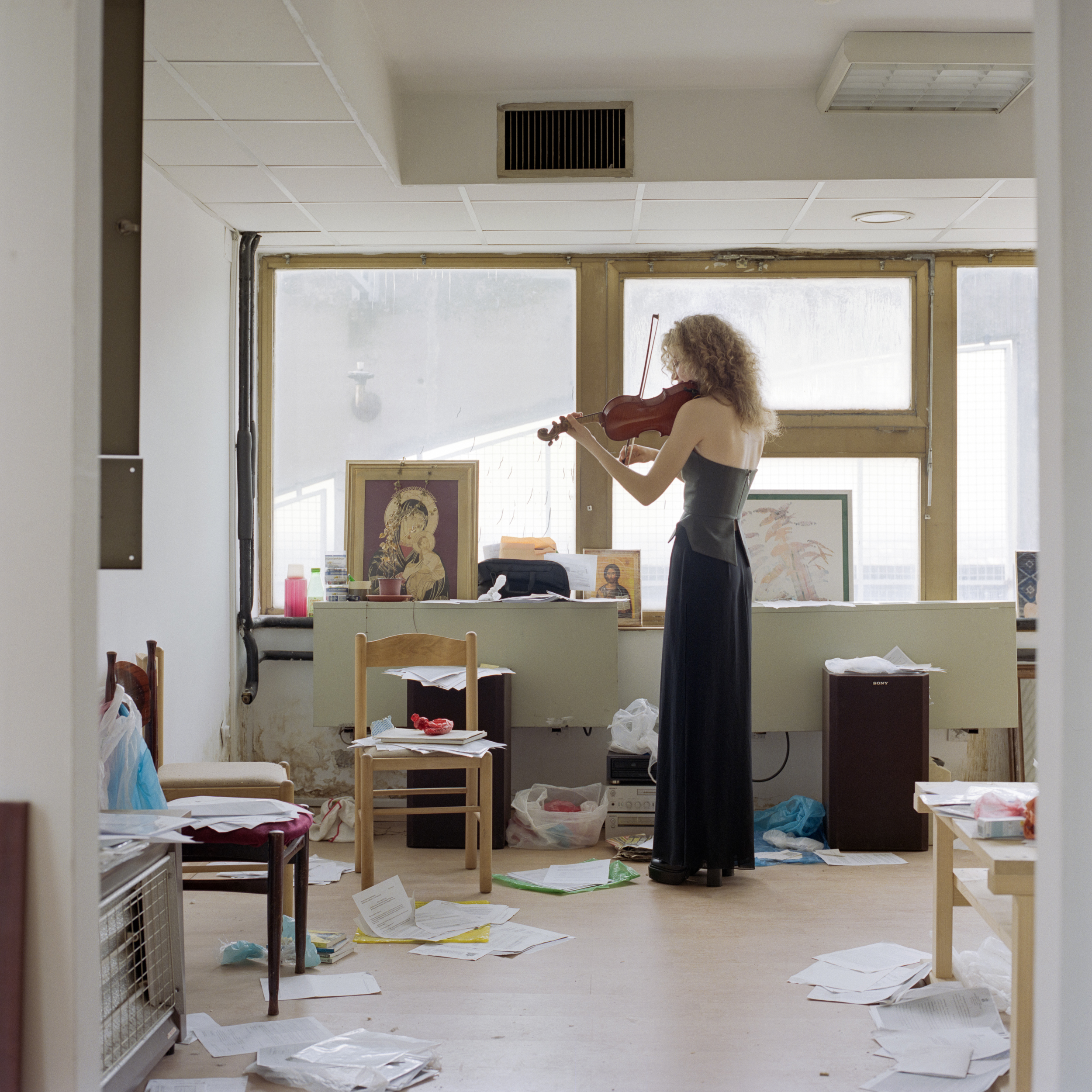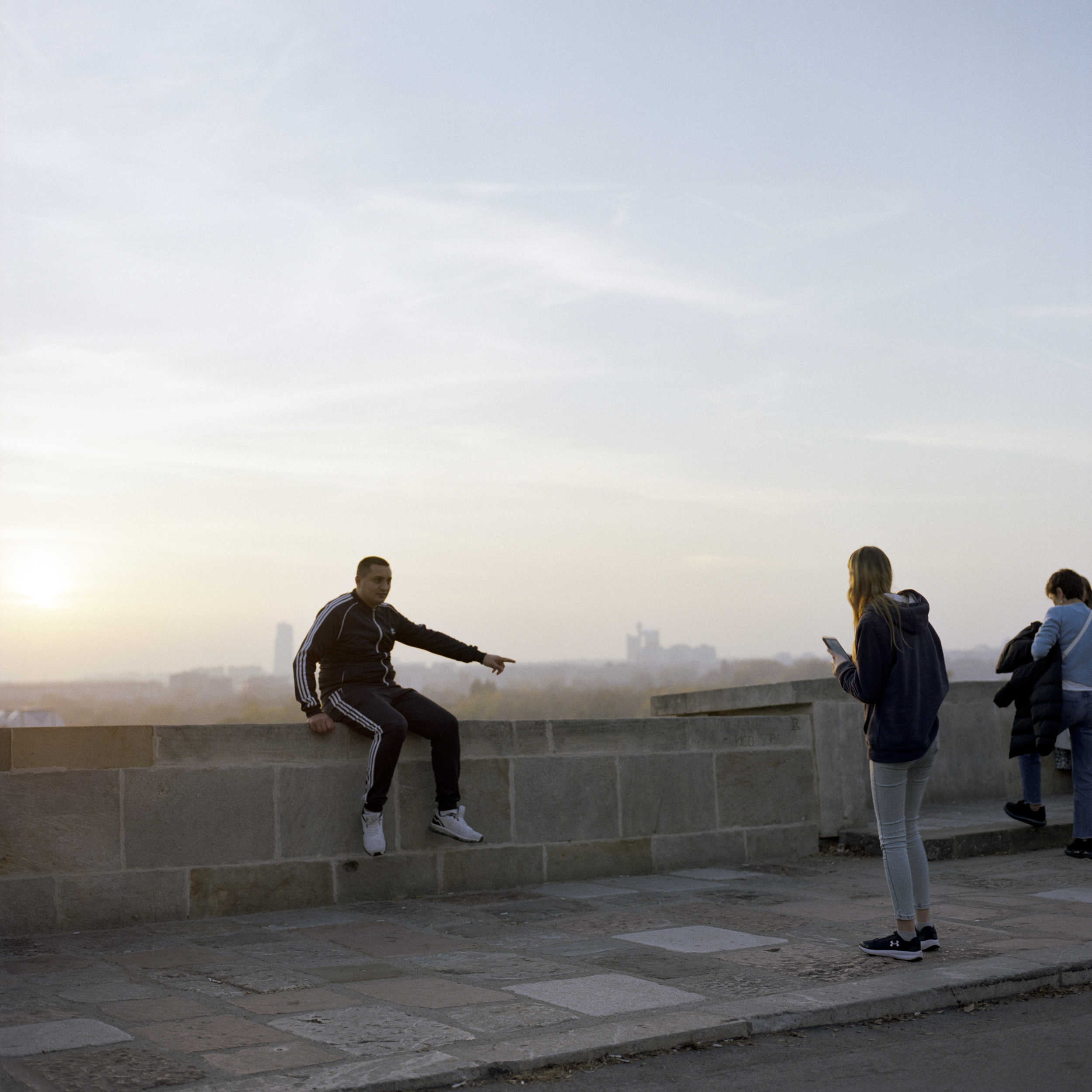Exhibited Artist
Xiaofu Wang
Exhibition | East from Where | 20.10.23-27.10.23

Exhibition | East from Where | 20.10.23-27.10.23
In 1979, the construction of Genex Tower in Belgrade was completed. Few would have known it at the time, but it was the calm before the storm in Yugoslavia. Tito died a year later in 1980, and soon after, the federal republic began to break apart under external pressure from international institutions, as well as internal fracturing caused by nationalist forces.
Situated in the heart of the socialist state, Genex Tower was a place of power, prestige, and wealth. It served as the headquarters of Generaleksport, a trading company that employed over 6,500 people, had offices in 60 countries, and operated dozens of subsidiaries. The building was designed by architect Mihajlo Mitrovic and consists of two towers made of raw concrete (30 and 27 floors, respectively). The restaurant atop the commercial tower, which boasted a panoramic view of the city and cuisine by top chefs, became the setting for important business meetings — and, if one lets the imagination roam a little, clandestine dealings among members of the deep state.
Like Yugoslavia, Generaleksport belonged neither to the West nor the Soviet Bloc, but operated in the space between the two. As these two poles merged after the fall of the Berlin Wall, and countries in the former Yugoslavia began transitioning from socialism to capitalism, the company's assets were divided and distributed among top managers, unofficially marking the arrival of the new system.
Today, the building is covered with a large banner advertising everything from supermarkets to luxury brands. The protagonists in this story find themselves in an increasingly polarised society, at the mercy of the market and a kleptocratic elite. Against this backdrop, Genex Tower stands as a contradiction. Haunted by the ghosts of a time when people still had collective projects and dreams, it simultaneously symbolises the violent transition between two eras.
“The Tower” is a subjective study of this concrete giant from someone who chanced upon it as a stranger, but then developed desire to go deeper into the labyrinthian structures and history of the building.
ARTWORK
